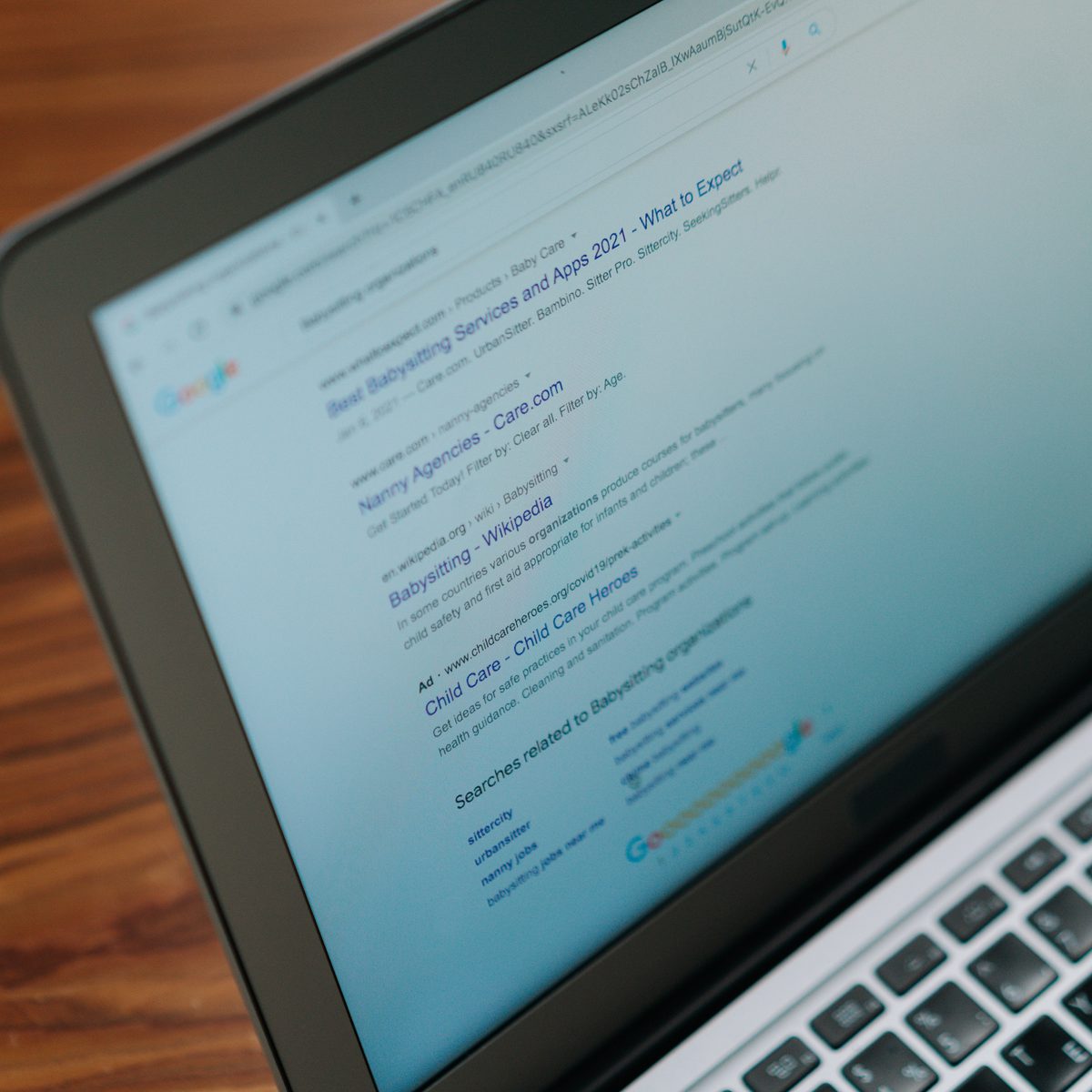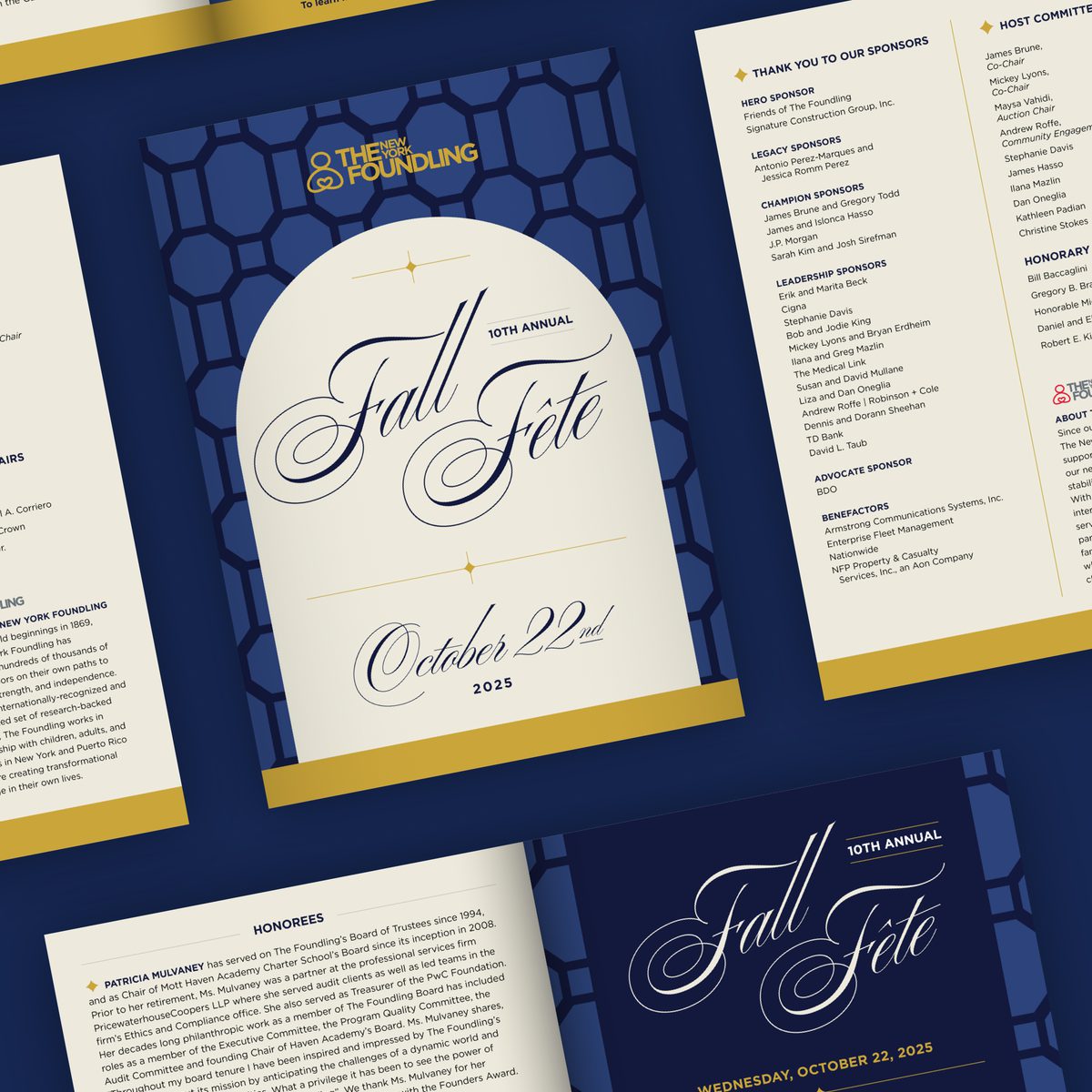- Expand Your Marketing and Outreach

- Expand Your Marketing and Outreach
What is the Google Ad Grant and can your nonprofit benefit from it?
Google’s Ad Grant offers $10,000 of search ads per month to qualified nonprofits. Search ads can be a powerful way to drive traffic to your website. To receive the grant, you need to apply. Once awarded, you have to make sure you use the grant well in order to keep it.
This article will help you get to know the grant and explore its value for your organization. It will also share insights about managing it from our experience managing the grant for client partners.
If you are looking for information about grant eligibility, application, and/or to review other details, check out the Google Ad Grant website.
What are search ads and how does the Google Ad Grant help?
When someone does a search on Google, you’ll notice that some of the results shown are actually advertisements. They look very much like search results but are marked with a little “Ad” marker before the result title.
These are “search ads”. They promote links to website content that are in line with what a person is searching for. Google attempts to match ad content with human need. As you might expect, getting your ad to show up costs money.
Ads display based in part by how much you are willing to pay for the ad to show and how well the content and settings of the ad match user intent. You also have to compete with other organizations that want their ads to display instead of yours.
You create ad content and provide the urls you want to drive traffic to. You also set a daily budget for a search ad campaign, which helps drive the auction you’d engage in with others.
This is where the Google Ad Grant comes in. Google offers nonprofit grantees up to $10,000 a month for search ads. This is a notable budget. This said, applying and managing your grant does take some effort. Let's explore whether this effort might be worth it for you organization.
Is the Google Ad Grant worth it?
Before you invest your time, energy, and money you want to know if it will be worth it. To start, think about your website's content.
- Is your organization producing content that is valuable to an audience you want to engage?
- Do you have evergreen content? Content that has value over notable time.
- Do you regularly create new content?
If you answer “yes” to the above, then a Google Ad Grant may be impactful.
Next, consider effort. There is work involved to run ads well. You have to identify content, create the ad campaign, explore keywords, and optimize the campaign over time. The latter is particularly important as you strive to not only get high impressions but a good percentage of clicks and conversions.
The impact and return on investment of the ad grant differs for every organization. Their content differs. The size of the audience that values their content differs. As such, it is hard to share impact numbers to assess the potential for your organization. This said, we are going to share some anyway based on recent experience.
We looked at three organizations with ad grants that we manage. All three have been using the grant for a little while and all are maximizing their $10,000 monthly budget.
In October of 2022, these three organizations saw between 1,500 - 3,500 ad clicks from 19,000 - 57,000 impressions.
An impression is when an ad is displayed as part of someone’s search results. A click records when the ad's link is clicked.
These numbers show significant content exposure. If done well, your content is matching the search intent of a person … matching their need. Their click and any actions that follow on your website can be the start of a new supporter journey.
There’s another benefit of running ads. You can learn a lot about audiences, your brand, and content. Sometimes the topics and keywords people search for are not exactly the same as what you’d expect. Getting to know what people are searching for, when your content appears, and then how people interact with it can help with a lot of decision making. Revising content or creating new content with search and ads in mind can be powerful content strategy to help drive your outreach.
The combination of potential to reach new people and to learn from them makes the grant and resources spent to employ it worthwhile for many content creating organizations.
What is the right content for ads?
We always start with a foundational ad campaign around an organization’s brand. This generally goes to your homepage and is connecting to keywords of your mission and about building awareness of you. A brand campaign is not enough to maximize your ad grant. Next, you explore the following questions as you search for campaign ideas.
- What content do you have that meets a need people would search for?
- How many people might have this need?
- How well does your content address the need?
- Does your content have an engagement point that represents a conversion of value that you want to strive for? Is the opportunity to take this action on your content page?
These are the types of questions you might ask to evaluate your content and ad opportunities. In our experience, the best ad content for Google is evergreen. Here are some examples of content types that may be good ad candidates.
- Resource articles in a blog
- A report or case study
- Programs, services, or products
- DIY courses
Evergreen content is great because it allows time to percolate. Your efforts to create and optimize such an ad over time are rewarded with a long running ad that can continue to deliver results. Timely content, like an event, can be more challenging to make an impact. If you have a timely event, give yourself a month or more of lead time (ideally the latter). It is certainly worth experimenting with other ad types as well, such as ones to fundraise. Timely events and big ask ads like donations are great to experiment with but should not be the foundation for your ad strategy.
What are the skills, time, and requirements needed to use and keep your ad grant?
Typical of grants, both the grantor and grantee want to make sure the grant is used well. The ad grant is no different. Google has a series of requirements to keep the grant. Many of these requirements help you create campaigns that meet best practices. They want to make sure you target appropriate keywords, have a minimum number of ads for a campaign, have a conversion goal, and that you maintain a 5% monthly click through rate.
A click through rate (CTR) is the percentage of clicks that result from the ad's impressions.
For the three organizations we shared data from, their CTR ranged from 5.98% - 7.85% in October of 2022.
If you have a very low CTR then it is an indicator that the content of your ad is not a compelling solution to people searching.
The following are some key activities in managing a Google Ad Grant.
- Set up conversion tracking for key actions on the website in your ad account.
- Identify content on your website to promote.
- Create ads using either a fully automated dynamic ad or a responsive ad where you can create variations of headlines and descriptions that Google’s AI can choose from.
- Define your audience and target keywords for your campaign.
- Monitor ad performance at least monthly.
- Assess and optimize your campaigns.
The most important skill is to manage your grant like a scientist with a little bit of detective blending in. You need to experiment and learn about your content, people’s search behavior, and social trends to craft the right ad experiences. You then test understandings and assess results based on data gathered.
For campaigns to do well, they generally need a bit of nurturing. Over time, you might find you need to change your campaign's keywords and audiences. Your goal is to have have your ads seen, inspire a click, and, most importantly, deliver content that offers value to the person who clicked. All the content and settings need to be in careful alignment to maximize the potential for a good experience for a searching person.
Ads are great for building awareness and a brand as a trusted resource. Of course, we strive for ads to lead to deeper engagement. This is where conversion tracking comes in play. Let's take a look at some conversion ideas to help get you started.
What are a good balance of conversions to track?
Conversions are desirable actions that people take on your website. They might be making a donation, signing up to your email list, or registering for an event, to name a few. The dream goal of your ad efforts is to not only inspire a website visit but also a conversion.
When we set up a website, we like to set up a range of conversions from low to high level engagement types. All our client partners use Google Analytics so we share that focus with them. Google Analytics 4 (GA4) tracks a lot of events out of the box. In the Configure area for GA4 you can toggle events to track as a conversion. Your GA4 conversions can then be imported/added to your Google Ad Account as conversions there. The following are some common conversion examples using Google Analytics 4 (GA4).
- Scroll - This is an out of the box event that is tracked by GA4 that we turn on as an "easy" conversion that shows a basic engagement with content.
- File Download - If you have downloadable assets like a PDF, tracking downloads is smart. File Download is another out of the box event with GA4. This tracks all file clicks, but it possible to set up special events for just certain files.
- Email Subscribe, Donation, Registration - Grouping these together as they all represent deeper engagements. Also, how you track them will differ between the set up of your website and technologies used to power these. GA4 may help with these often with the platforms powering these engagements through integration with GA4.
When conversions are added to your ad account, you will be able to review how many of your ad clicks resulted in a conversion and which ones.
Optimizing your ads to target audiences that are more likely to convert will be important once you reach your full monthly $10,000 ad spend. You will want to experiment to make sure you are using this money to get the best results you can for your organization. Trying to increase conversions is an important metric to work on.
A great way to expand your outreach and reach new people
We love the results that a Google Ad Grant can provide. When used well, it is a fabulous way to introduce new people who need content and services an organization provides.
The process to get to results is enlightening. You have to think about the people you want to engage. What are their needs and interests? What words do they use when searching? How well is your content and engagement presented on your website pages? These questions and more require creative and data-driven thinking to experiment with and assess your efforts. The learning that results can impact your outreach with search ads and beyond. This learning we find exciting.
We hope you find this overview of the Google Ad Grant helpful. We offer grant management support as an extension of the our monthly partnership plans for clients. There are also many great ad grant management partners out there that only focus solely on grant management, if that is all you need. Feel free to contact us if you are looking for ad grant help or more.
More Articles
- Expand Your Marketing and Outreach
A thoughtful approach to nonprofit event branding
- Expand Your Marketing and Outreach
Expert-backed tips to boost donations through your website
Mightier Newsletter
Join our community of nonprofiteers and the partners that support them. Our monthly newsletter includes resources with small and mighty teams in the social sector in mind – sharing tips to help with content creation, website use, marketing, and more.
SubscribeBrought to you by MOD-Lab
At MOD-Lab, we're the thoughtful design partner for small teams like yours doing big things in the social sector. We create memorable branding, design materials, and websites that showcase the quality of your work and reflect your true impact.


